How Do Cells Convert Your Breakfast Into Usable Energy

Ever wondered how that seemingly simple bowl of cereal or slice of toast transforms into the energy that powers your morning walk or fuels your brain during a meeting? The process is a remarkable feat of cellular engineering, a complex series of biochemical reactions that unlock the potential energy stored within your breakfast.
This article delves into the intricate mechanisms by which our cells convert the food we eat into usable energy, a process vital for all life functions. Understanding this process not only provides insight into the fundamental principles of biology but also sheds light on the importance of nutrition and its impact on our overall health and well-being.
The Digestive Breakdown: Preparing the Fuel
The journey begins in the digestive system, where our bodies break down complex carbohydrates, proteins, and fats into smaller, more manageable molecules. Carbohydrates are broken down into simple sugars like glucose. Proteins are disassembled into amino acids, and fats are converted into fatty acids and glycerol.
These smaller molecules are then absorbed into the bloodstream and transported to cells throughout the body. Think of it as preparing the raw materials for the cellular power plant.
Glycolysis: The Initial Energy Release
Once inside the cell, glucose undergoes a process called glycolysis. This occurs in the cytoplasm, the fluid-filled space within the cell. Glycolysis involves a series of enzymatic reactions that split glucose into two molecules of pyruvate.
This process yields a small amount of ATP (adenosine triphosphate), the primary energy currency of the cell. It also produces NADH, an electron carrier that plays a crucial role in later stages of energy production.
The Krebs Cycle: Further Energy Extraction
If oxygen is present, the pyruvate molecules enter the mitochondria, often referred to as the "powerhouse of the cell." Here, they are converted into acetyl-CoA, which then enters the Krebs cycle (also known as the citric acid cycle).
The Krebs cycle is a series of chemical reactions that further oxidize acetyl-CoA, releasing more ATP, NADH, and FADH2 (another electron carrier). Carbon dioxide, a byproduct of this process, is eventually exhaled.
Electron Transport Chain: The ATP Generator
The NADH and FADH2 produced during glycolysis and the Krebs cycle then deliver their high-energy electrons to the electron transport chain, located within the inner mitochondrial membrane. This chain consists of a series of protein complexes that pass electrons from one to another.
As electrons move through the chain, protons are pumped across the inner mitochondrial membrane, creating an electrochemical gradient. This gradient drives the synthesis of large amounts of ATP by an enzyme called ATP synthase. This process, called oxidative phosphorylation, generates the vast majority of the ATP our cells need.
Oxygen acts as the final electron acceptor in the electron transport chain, combining with electrons and protons to form water. Without oxygen, this crucial step cannot occur, and the electron transport chain grinds to a halt.
Fats and Proteins: Alternative Fuel Sources
While glucose is the primary fuel source, our cells can also utilize fats and proteins for energy production. Fatty acids are broken down through a process called beta-oxidation, which generates acetyl-CoA that enters the Krebs cycle.
Amino acids from proteins can also be converted into intermediates that feed into the Krebs cycle or glycolysis. However, protein is generally not the preferred energy source, as its primary role is in building and repairing tissues.
Regulation and Efficiency
The entire process of converting food into energy is tightly regulated by various enzymes and hormones. The body adjusts the rate of energy production based on its energy needs. Factors such as exercise, stress, and illness can all influence this process.
The efficiency of energy conversion is not 100%. Some energy is lost as heat, which helps maintain our body temperature. This is why we feel warmer after eating.
The Significance of Understanding Cellular Respiration
Understanding how our cells convert food into energy is fundamental to understanding life itself. It also has significant implications for our health.
Knowledge of these processes is crucial for understanding and managing metabolic disorders such as diabetes, where the body has difficulty regulating blood sugar levels. It also highlights the importance of a balanced diet and regular exercise for maintaining optimal energy production and overall health.
By understanding the intricate biochemical pathways that power our cells, we can make informed choices about our nutrition and lifestyle to support our bodies' energy needs and promote long-term well-being. This complex interplay of processes truly transforms breakfast into the power that fuels our lives.
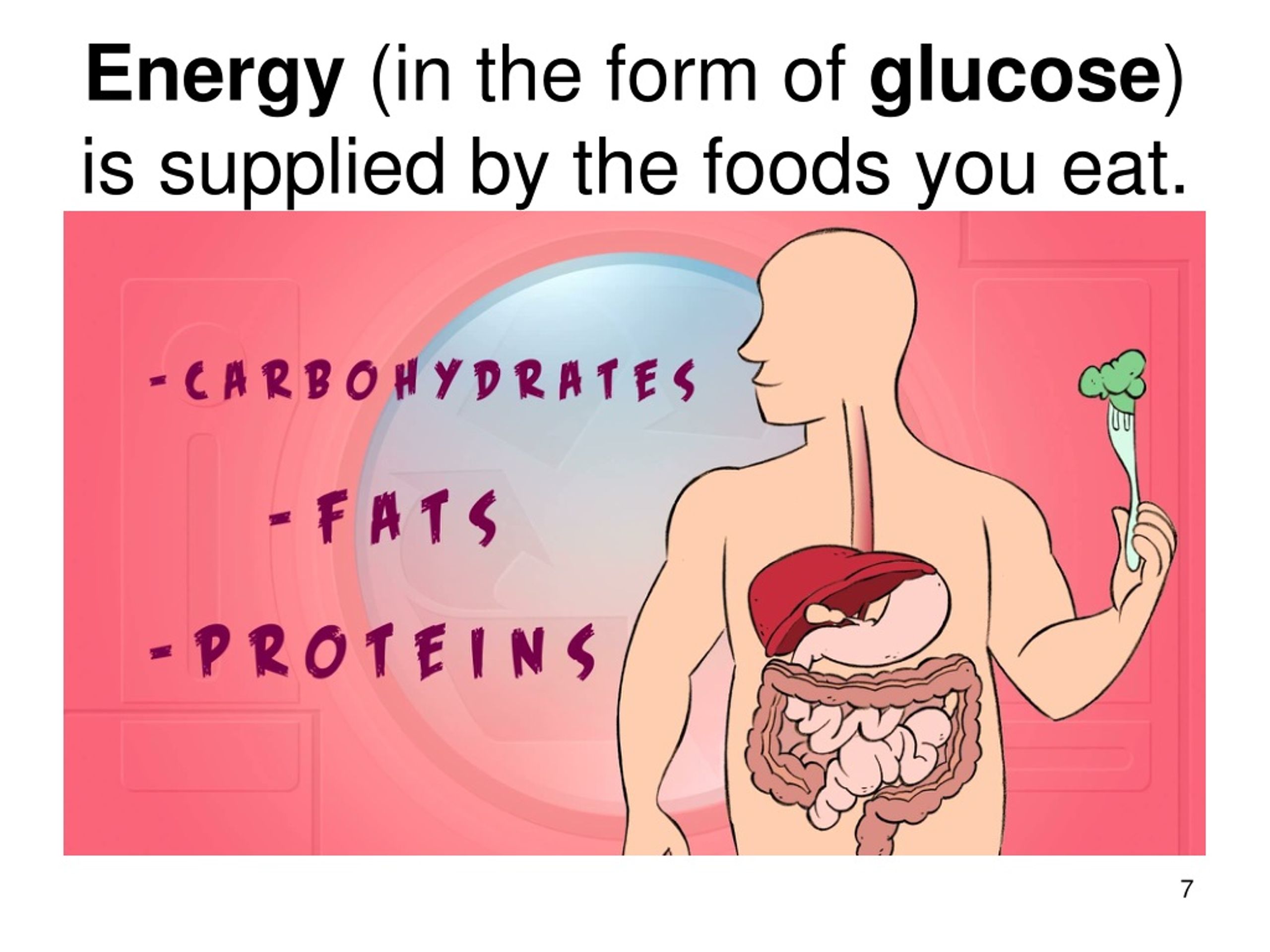
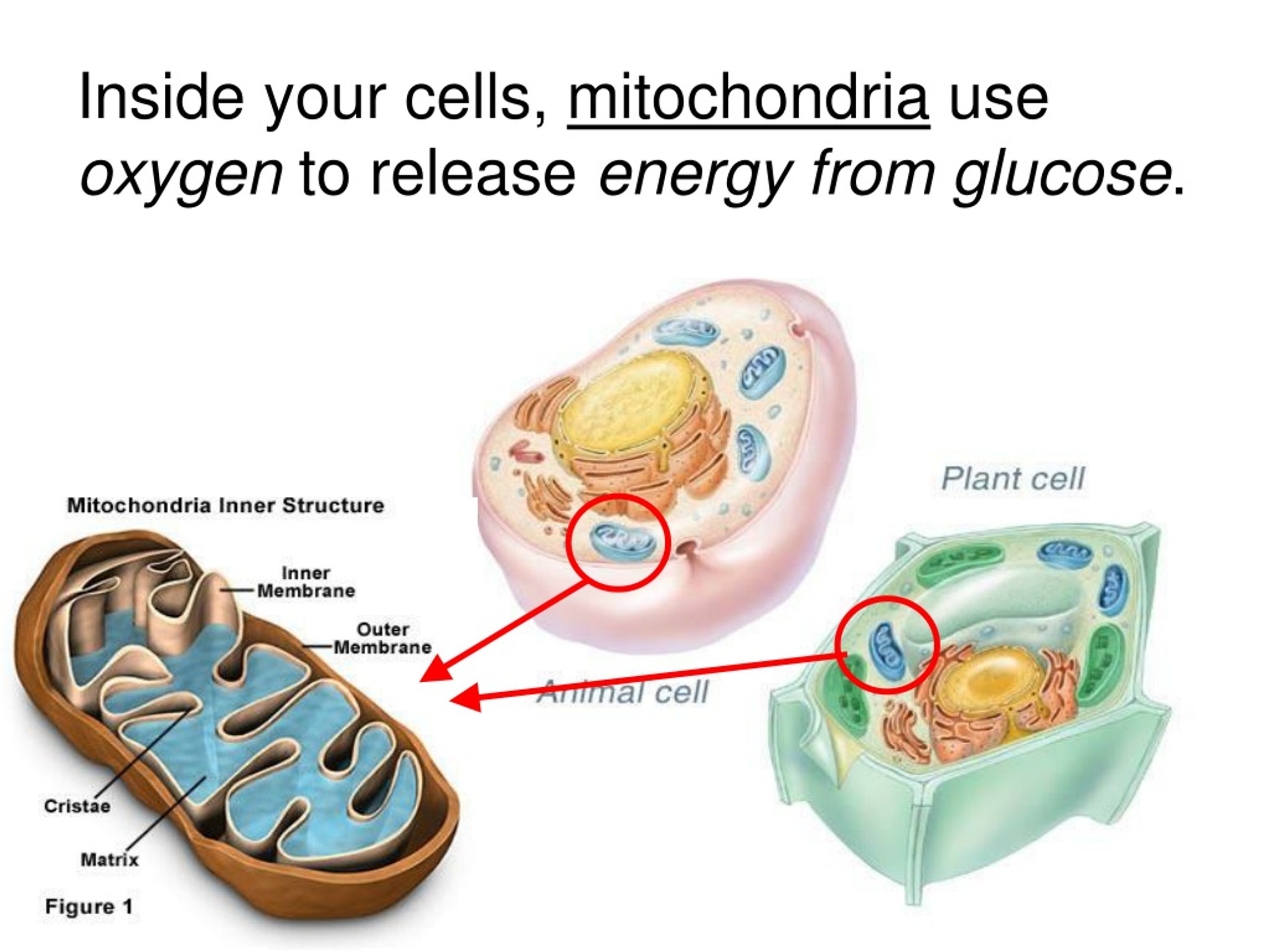



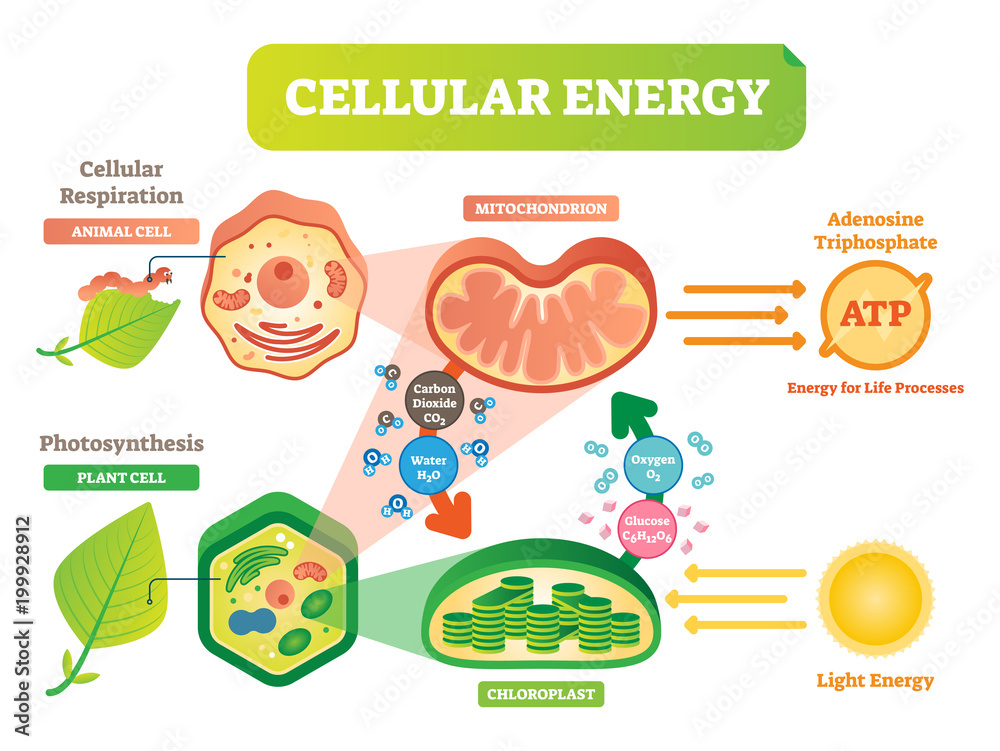
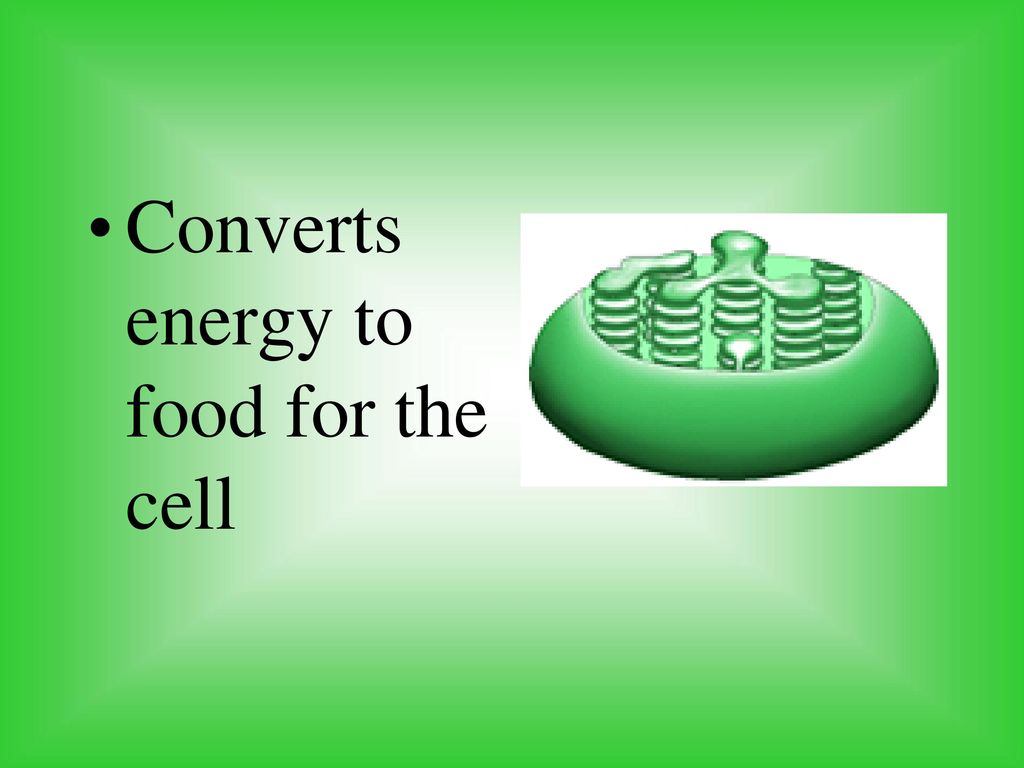

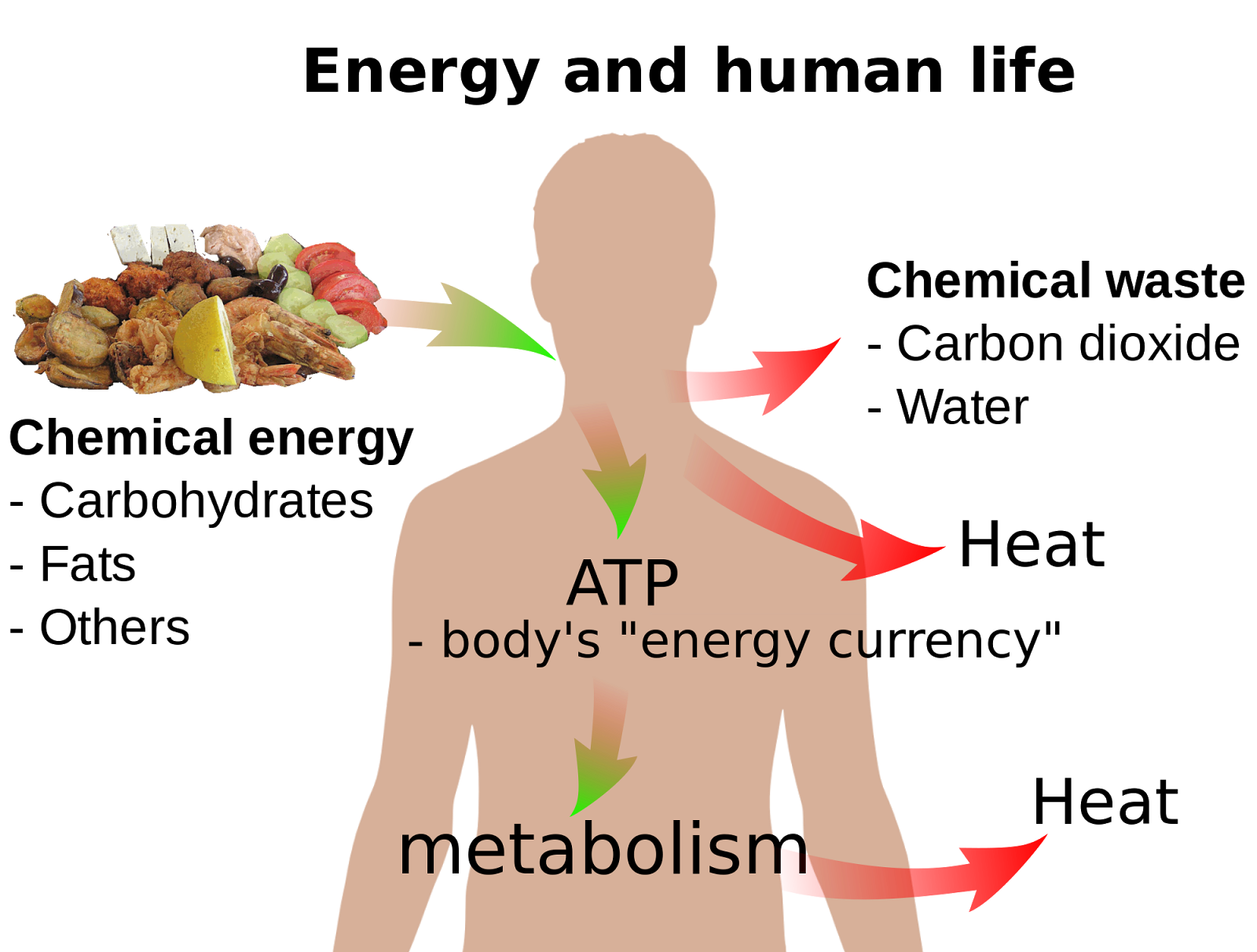

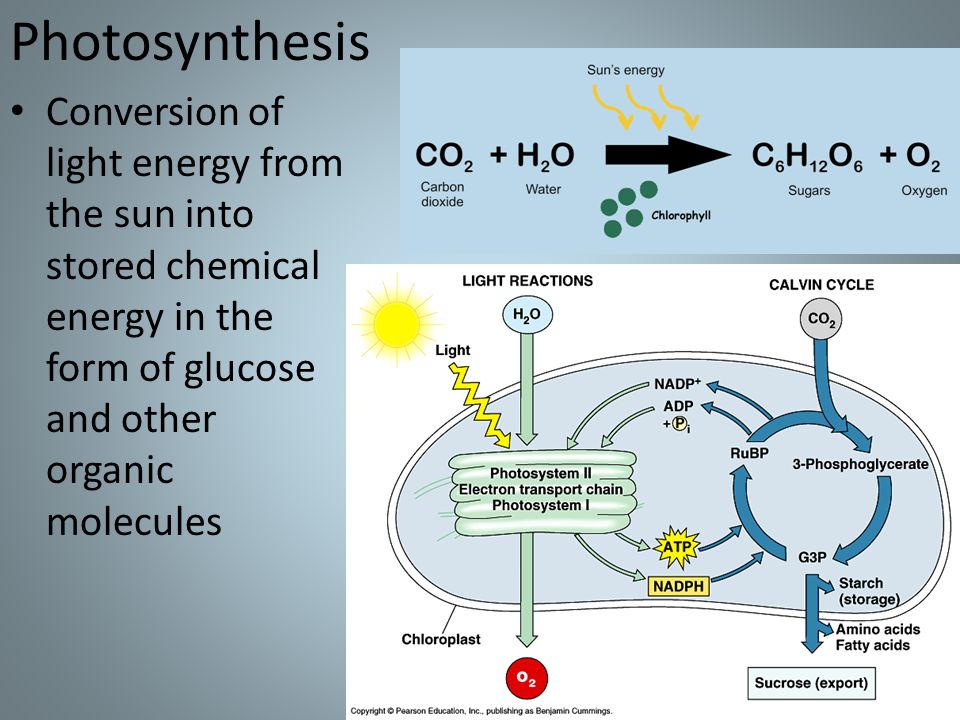

+energy+present+in+glucose+into+usable+energy..jpg)





